Revolutionizing HSE Training with Virtual Reality Technology
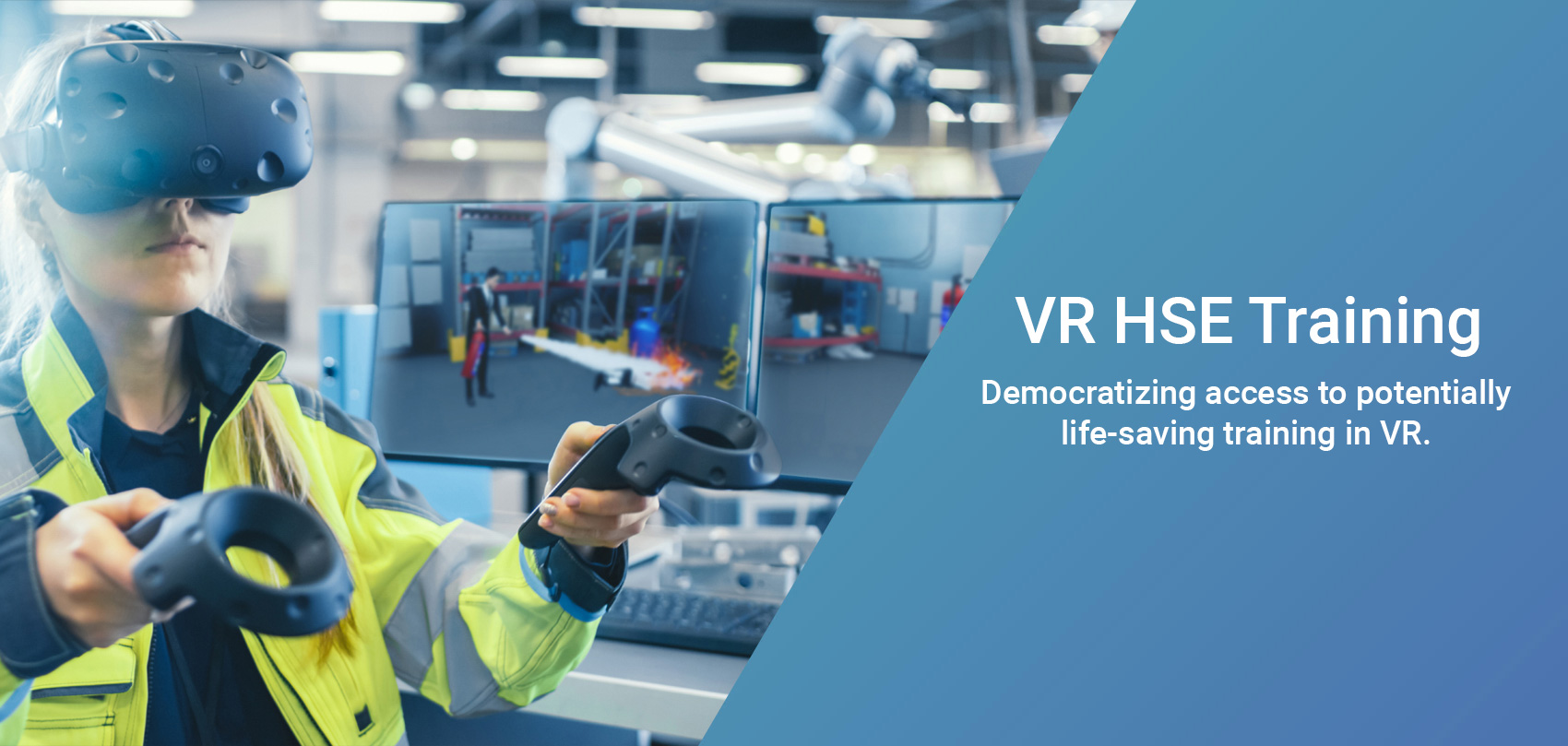
Benefits of Virtual Reality Technology for HSE Training
The use of virtual reality technology for HSE training offers a number of benefits. Firstly, it allows for a more immersive experience, which can help to engage the trainees in a way that traditional methods of training cannot. It also allows for a more realistic experience, as the trainees can interact with the virtual environment similar to how they would in a real-life situation. This can help to prepare them better for potential hazards they may encounter in their daily work.
Another benefit of using virtual reality technology for HSE training is that it can provide a much more cost-effective way of delivering training. Using virtual reality, HSE trainers can create immersive 3D environments without investing in expensive equipment or travelling to different locations. This can help to reduce overall training costs. Additionally, virtual reality technology can be used to quickly and easily update existing training material, making it possible to keep up with any changes or new regulations in the field.
Finally, virtual reality technology can also provide a much safer and more secure way of delivering training. By using a virtual environment, HSE trainers can reduce the risks associated with traditional training methods, such as having workers present in hazardous environments. This can help to ensure the safety of the trainees, as well as the integrity of the training material.
The Different Types of Virtual Reality Technologies
When it comes to virtual reality technology, there are a number of different types available. The most common type of virtual reality technology is the use of head-mounted displays. These devices are worn on the head and provide an immersive 3D experience. They are often used in gaming, but can also be used for HSE training.
Another type of virtual reality technology is the use of augmented reality. This type of technology uses a combination of virtual and real-world elements to create an interactive experience. For example, an HSE trainer may use augmented reality to show a worker how to safely handle hazardous material in a real-world situation.
Finally, there is also the use of immersive environments. This type of technology allows for the creation of 3D environments, which can be used to simulate real-world scenarios. For example, an HSE trainer may create a 3D environment that simulates a hazardous workplace, allowing the trainees to practice safety measures and procedures in a realistic environment.
How to Use Virtual Reality for HSE Training
When it comes to using virtual reality for HSE training, there are a few key steps that need to be taken. Firstly, the HSE trainer must decide which type of virtual reality technology to use. Depending on the type of training being delivered, different virtual reality technologies may be more suited. Once the technology has been chosen, the HSE trainer must then create the virtual reality environment. This may involve creating 3D models of real-world objects or locations, as well as programming any interactive features that may be needed.
Once the virtual reality environment has been created, the HSE trainer must then decide how the trainees will interact with the environment. This may involve programming interactive features such as voice commands or hand gestures. Additionally, the HSE trainer must ensure that the environment is adequately secured, as it is possible for trainees to access sensitive information or accidentally cause damage to the environment.
Finally, the HSE trainer must then create the training material. This may involve creating videos or slideshows, as well as interactive exercises that the trainees can complete to test their understanding of the material. Once the training material has been created, the HSE trainer can then deliver the training to the trainees.
Examples of HSE Training Scenarios Using Virtual Reality
Virtual reality technology can be used for a variety of HSE training scenarios. For example, it can be used to simulate hazardous working environments, such as a construction site or an oil rig. This can allow the trainees to practice safety procedures in a realistic environment, as well as to become familiar with any potential hazards that they may encounter.
Virtual reality technology can also be used to simulate emergency scenarios. For example, an HSE trainer may create a virtual environment that simulates a fire, allowing the trainees to practice the correct evacuation procedures. Similarly, virtual reality technology can also be used to simulate first aid scenarios, allowing the trainees to practice the correct procedures for treating a range of injuries and illnesses.
Finally, virtual reality technology can also be used to simulate more complex scenarios, such as chemical spills or power outages. This can allow the trainees to practice the correct safety procedures in a realistic environment, as well as to become familiar with any potential risks.
Conclusion
Virtual reality technology has the potential to revolutionize HSE training, making it much more engaging and effective. By utilizing virtual reality, HSE trainers can create immersive 3D environments that allow the trainees to interact with the training material in a realistic and engaging manner. Additionally, virtual reality technology can also provide a much more cost-effective and secure way of delivering training. With the help of virtual reality, HSE training can be revolutionized and made much more effective.
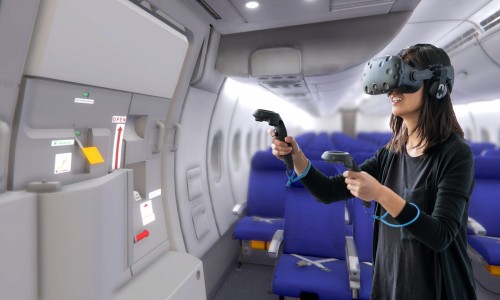

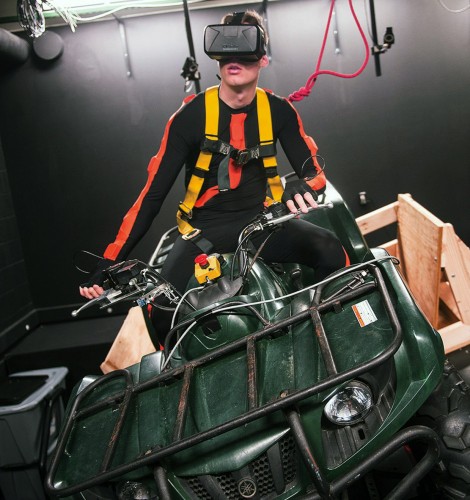
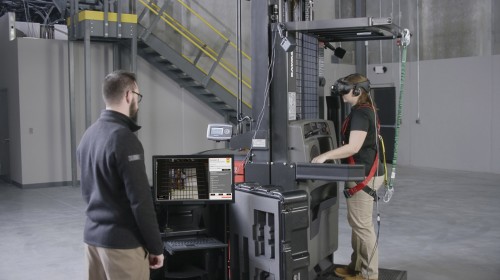
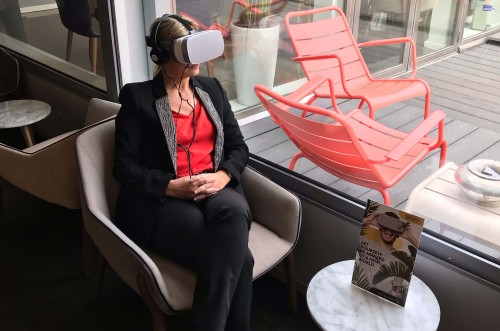
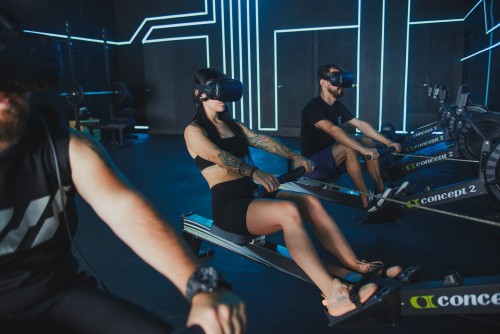

 Call
Call
 Mail
Mail